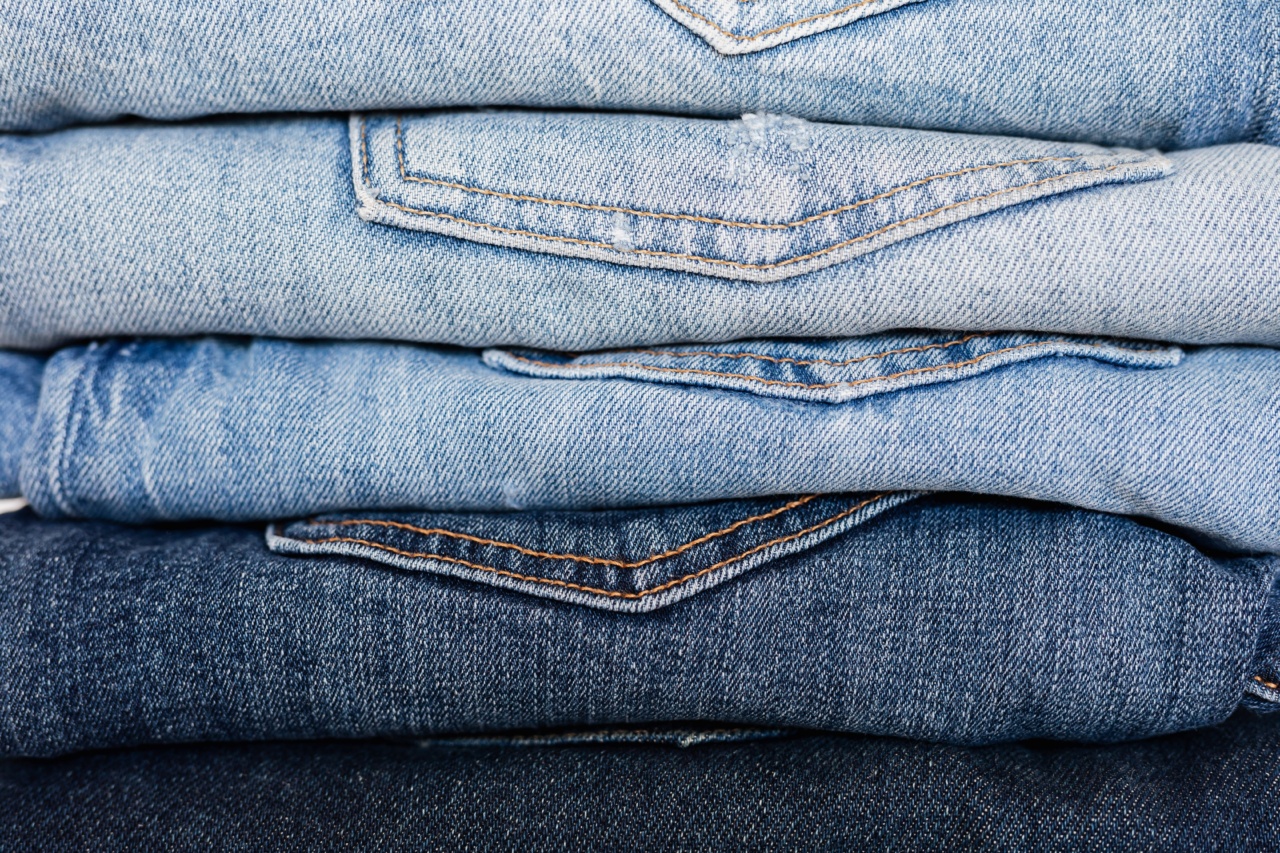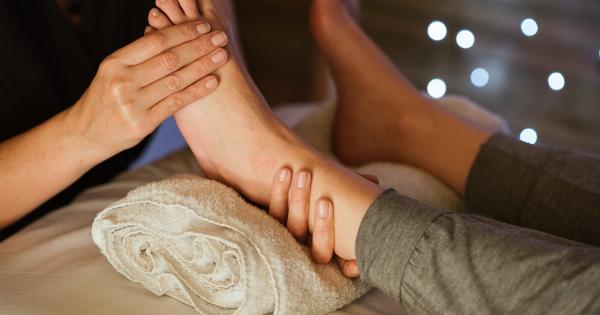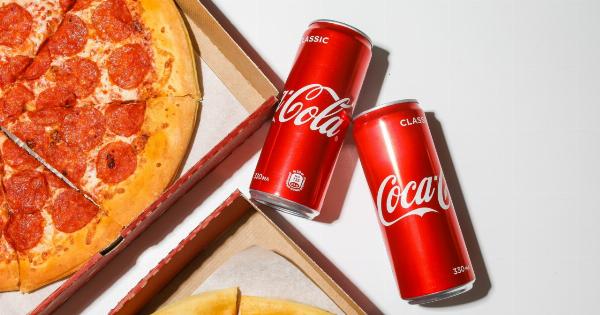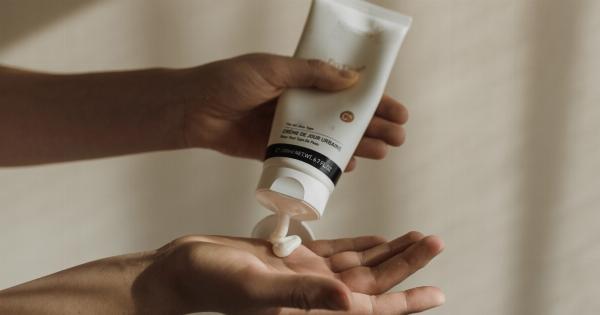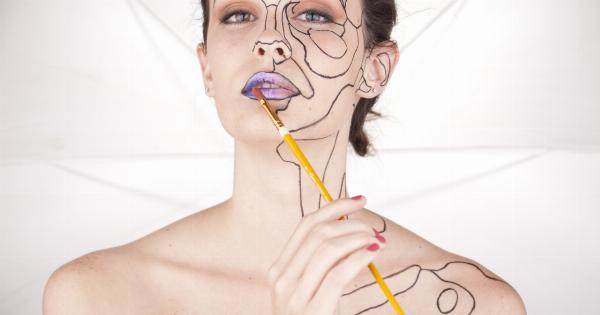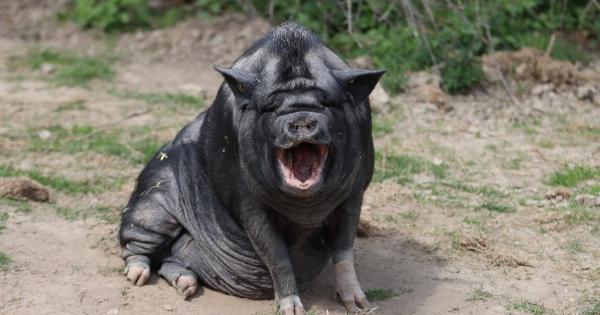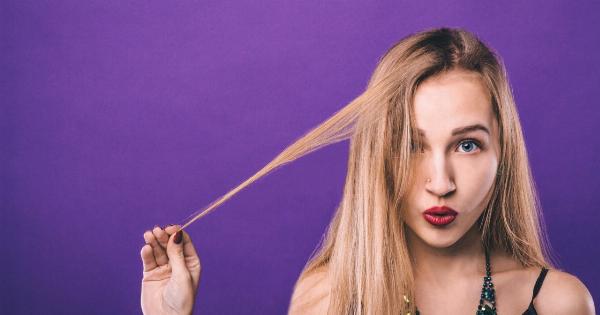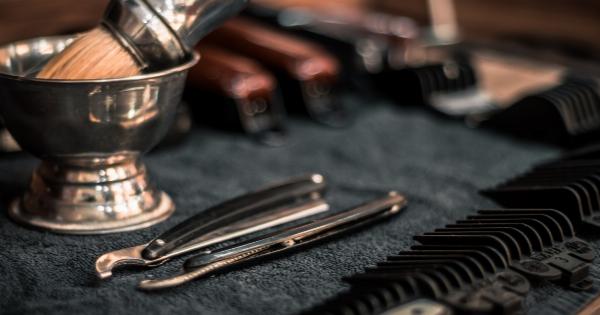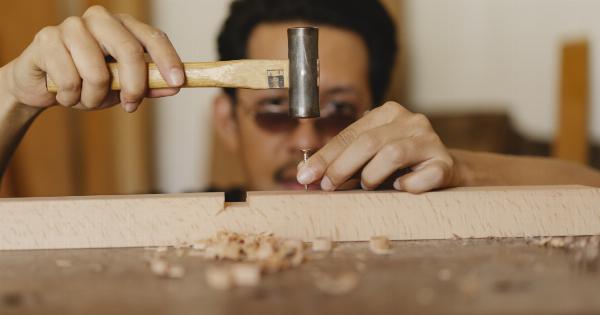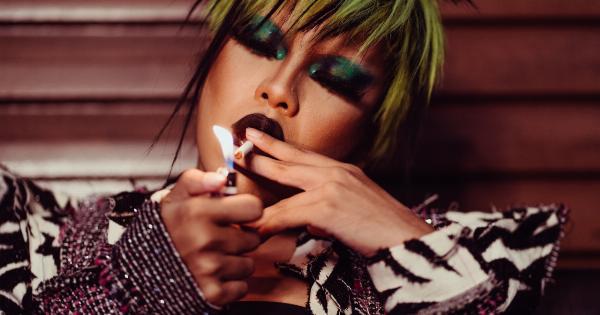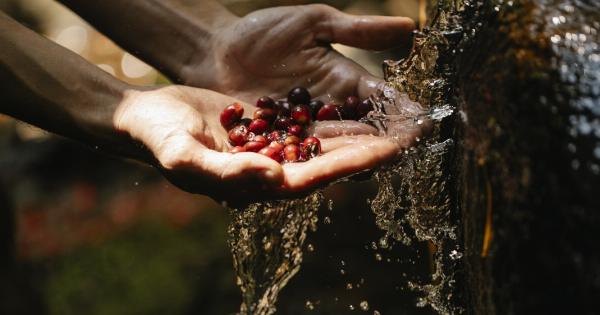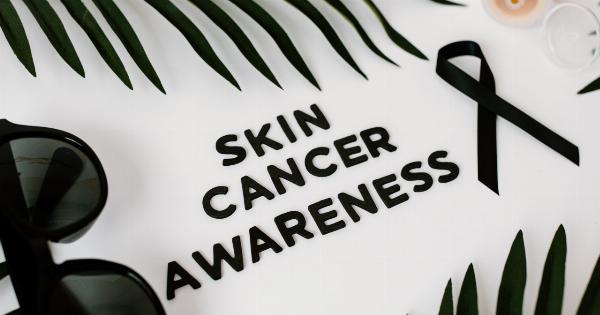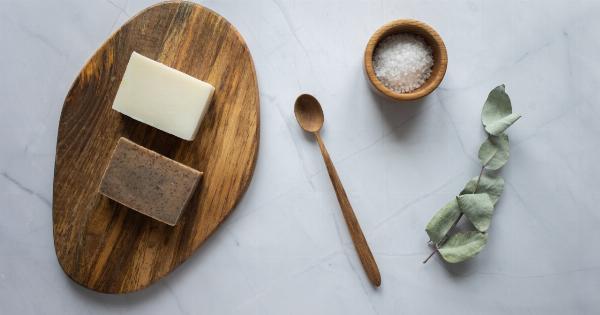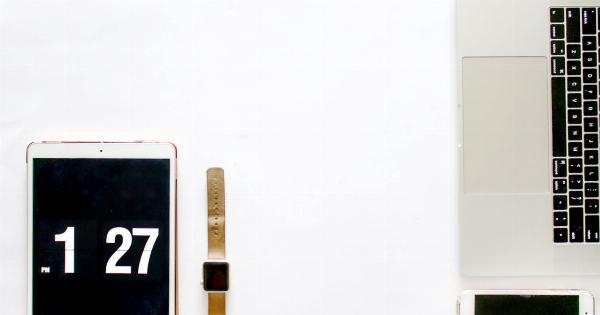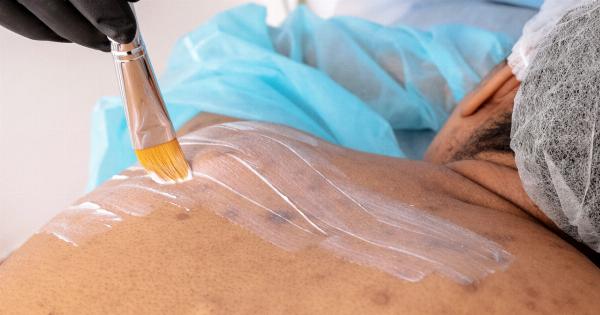In the world of skincare, there is no shortage of unique and innovative ingredients that promise to turn back the hands of time.
From snail mucus to gold-infused serums, people are willing to try just about anything in the pursuit of youthful, radiant skin. However, one surprising ingredient that has recently gained attention for its anti-aging properties is flour.
What is Flour and How Can It Benefit Your Skin?
Flour, commonly used in cooking and baking, is a fine powder made by grinding cereal grains or other starchy foods. While it may seem strange to associate flour with skincare, it actually offers several benefits for maintaining a youthful complexion.
1. Exfoliation: Flour can act as a gentle exfoliant, helping to remove dead skin cells and promote cell turnover. The fine particles in flour can slough off the top layer of skin, revealing a fresher and more youthful appearance.
2. Oil Absorption: Flour has natural oil-absorbing properties, making it a great ingredient for those with oily or acne-prone skin. It can help control excess sebum production and reduce the appearance of shine, leading to a more balanced complexion.
3. Skin Brightening: The enzymatic properties of certain flour types, such as chickpea flour, can help lighten dark spots and even out skin tone. Regular use of flour-based skincare products can result in a brighter and more radiant complexion.
Types of Flour for Skincare
Not all flours are created equal when it comes to skincare. Different types of flour offer varying benefits and may be more suitable for certain skin types. Here are a few examples:.
1. Rice Flour: Rice flour is known for its gentle exfoliating properties and is suitable for all skin types. It can help smooth out rough texture, lighten pigmentation, and promote a brighter complexion.
2. Chickpea Flour: Chickpea flour, also known as gram flour, is a staple in traditional Indian skincare routines. It has antibacterial properties that can help reduce acne and inflammation.
Additionally, its skin brightening effects make it popular for treating dark spots and hyperpigmentation.
3. Oat Flour: Oat flour is exceptionally gentle and soothing, making it ideal for sensitive or irritated skin. It helps calm inflammation, moisturize the skin, and improve overall texture and tone.
4. Almond Flour: Almond flour is rich in vitamin E and antioxidants, making it highly beneficial for combating signs of aging. It nourishes and hydrates the skin, reducing the appearance of fine lines and wrinkles.
How to Incorporate Flour-Based Skincare Products into Your Routine
Now that you understand the potential benefits of flour for your skin, here’s how you can incorporate it into your skincare routine:.
1. DIY Face Masks: Create a simple face mask by mixing flour with water or other skin-friendly ingredients such as honey or yogurt. Apply the mask to your face, avoiding the eye area, and leave it on for 10-15 minutes before rinsing off.
This can help exfoliate, brighten, and purify the skin.
2. Cleansing Powders: Look for cleansers or scrubs that contain flour as an active ingredient. These products can gently cleanse the skin while providing exfoliation and oil control benefits.
3. Flour-Based Body Scrubs: Extend the benefits of flour to the rest of your body by using flour-based exfoliating scrubs. These can help remove dead skin cells and leave your body feeling soft and rejuvenated.
4. Flour Face Packs: Mix flour with other ingredients like rose water or milk to create a paste-like consistency. Apply the pack to your face and neck, leave it on until semi-dry, and rinse off with warm water.
This can help brighten the complexion and improve overall skin texture.
Precautions and Tips for Using Flour on Your Skin
While flour can offer numerous benefits for the skin, it’s important to keep a few things in mind:.
1. Patch Test: Before using flour on your face or body, do a patch test on a small area of skin to check for any adverse reactions or allergies.
2. Choose the Right Flour: Select the type of flour that best suits your skin type and concerns. For example, if you have oily skin, opt for rice or chickpea flour, while those with sensitive skin may prefer oat flour.
3. Avoid Over-Exfoliation: While exfoliation is beneficial for the skin, excessive scrubbing can cause irritation or damage. Limit exfoliating treatments to 2-3 times a week, or as recommended by the product instructions.
4. Moisturize Afterward: After using flour-based skincare products, always follow up with a nourishing moisturizer to keep your skin hydrated and protected.
The Future of Flour in Skincare
As the demand for natural and sustainable skincare options continues to rise, flour-based products are likely to gain even more popularity.
With their affordable price tags and numerous benefits, flours such as rice, chickpea, oat, and almond are becoming go-to ingredients in many skincare routines.
Remember to always consult with a skincare professional or dermatologist before incorporating any new ingredients into your routine, especially if you have specific skin concerns or conditions.
